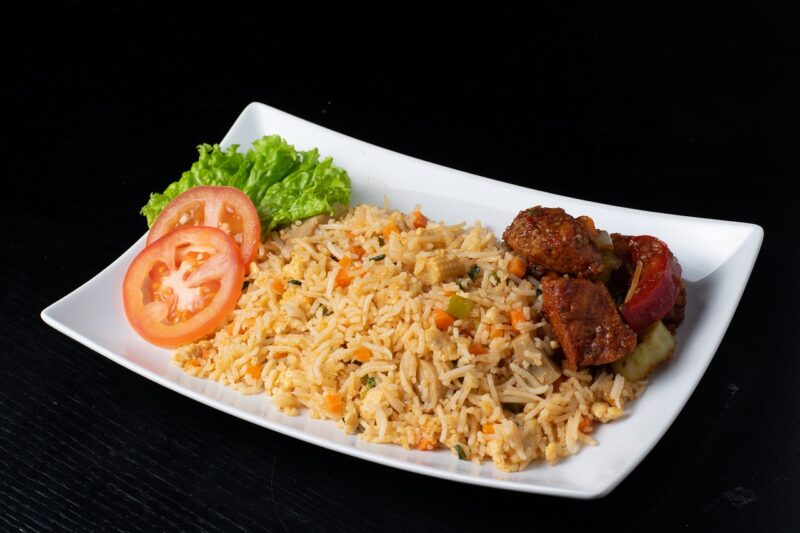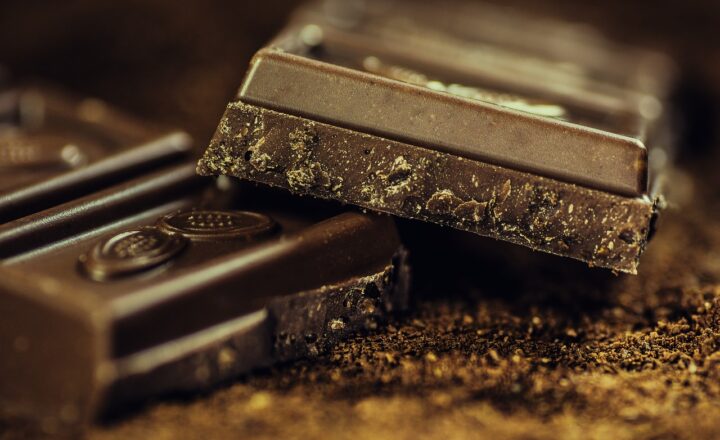
Fried rice is one of the most beloved comfort foods around the globe. It’s not only delicious but also incredibly versatile, allowing for a variety of flavors and ingredients. Whether you’re using leftover rice or starting with a fresh batch, there’s an art to perfecting this dish that can elevate it from mundane to extraordinary. In this comprehensive guide, we’ll delve into the secrets of cooking perfect fried rice, inspired by the wisdom of professional chefs and culinary experts.
1. Understanding the Ingredients
The success of fried rice lies predominantly in its ingredients. Let’s look at the essential components that make up a great fried rice dish:
– Rice: The foundation of fried rice. For the best texture, use day-old cold rice as it’s drier and less sticky than freshly cooked rice. If day-old rice isn’t available, make fresh rice and spread it on a baking sheet to cool and dry out.
– Fat: Whether you choose vegetable oil, sesame oil, or butter, fat is essential for achieving that desirable fried flavor. Sesame oil can give your dish a wonderful aromatic quality.
– Aromatics: This includes garlic, ginger, onions, and scallions. These ingredients build a flavor base for your fried rice and add depth.
– Vegetables: Common choices include peas, carrots, bell peppers, and corn. Feel free to use whatever veggies you have on hand, as they’re a great way to enhance the nutritional value of your dish.
– Protein: Options like chicken, shrimp, ham, or tofu not only add substance but also transform fried rice into a complete meal.
– Soy Sauce and Seasoning: Soy sauce is a staple for flavoring fried rice. Other condiments like oyster sauce or soy sauce variations can add unique flavors.
Understanding your ingredients is critical to mastering fried rice. Choose high-quality items for the best results.
2. Essential Equipment
Cooking fried rice requires simple yet effective kitchen tools. Here’s what you’ll need:
– Wok or Large Skillet: A wok’s high sides and rounded bottom allow for even cooking and tossing of ingredients, which is essential for fried rice.
– Spatula: A sturdy spatula is necessary for stirring, flipping, and tossing the rice without breaking the grains.
– Knife and Cutting Board: For chopping your vegetables and proteins into uniformly small pieces, ensuring even cooking.
Investing in quality equipment will greatly simplify the cooking process.
3. Cooking Process
A step-by-step approach is essential to achieving perfect fried rice. Here’s how to do it right:
– Step 1: Prepare the Rice
As mentioned, day-old rice is ideal. If you’re using freshly cooked rice, spread it out on a baking sheet and let it cool for at least 30 minutes. This ensures that the grains are separate and not too sticky.
– Step 2: Gather Your Ingredients
Chop your vegetables and protein. Keep all your ingredients ready because the cooking process goes quickly.
– Step 3: Heat the Wok
Preheat your wok or skillet over high heat. Once hot, add your oil and let it shimmer. This helps to infuse the oil with flavor.
– Step 4: Add Aromatics
Begin by adding minced garlic and ginger, cooking for just a few seconds until fragrant. Be careful not to burn them, as this can impart a bitter taste.
– Step 5: Cook Proteins
If you’re adding proteins, do so now and cook until fully done. Remove them from the pan and set aside:
– Step 6: Add Vegetables
Toss in your chopped vegetables next. Cook them for about 2-3 minutes, or just until they start to soften but still retain some crunch.
– Step 7: Incorporate Rice
Now it’s time to add the cooled rice. Break apart any clumps as you add it to the pan. Stir-fry the rice and let it fry for a few minutes until it’s heated through and starting to crisp slightly.
– Step 8: Season the Rice
Pour soy sauce over your rice evenly while stirring continuously to ensure that every grain is seasoned. You can add other sauces or flavorings at this point as well.
– Step 9: Combine Proteins and Finish
Return the cooked proteins to the pan, and fold everything together until well mixed. Cook for another minute to meld flavors before removing from heat.
– Step 10: Garnish and Serve
Finish with a sprinkle of sliced scallions and sesame seeds for added flavor and texture. Enjoy your fried rice fresh and hot!
4. Tips for the Perfect Fried Rice
– Don’t overcrowd the pan: Cook in batches if necessary to avoid steaming and to ensure a proper stir-fry effect.
– Adjust seasonings to your taste: Everyone has different preferences, so feel free to add more soy sauce, salt, or pepper as you see fit.
– Experiment with flavors: Try adding different spices, sauces, or even fresh herbs to achieve the flavor profile you prefer.
– Use high heat: A hot cooking surface is crucial to achieving that ‘wok hei’ or the ‘breath of the wok’ flavor that makes fried rice so irresistible.
– Practice makes perfect: Don’t get discouraged if it doesn’t turn out perfectly the first time; the more you practice, the better you’ll get.
5. Customization Ideas
Fried rice is a canvas for exploration! Here are some ideas to customize your dish:
– Vegetarian/Vegan Fried Rice: Load up on vegetables and swap out eggs for tofu or chickpeas.
– Spicy Fried Rice: Add chili paste or sriracha for an extra kick.
– Seafood Fried Rice: Incorporate shrimp, crab, or even fish for a coastal twist.
– Herb-Infused Fried Rice: Experiment with fresh herbs such as cilantro or basil for additional freshness.
The possibilities are endless when it comes to fried rice!
Conclusion
By mastering the art of fried rice, you not only create a delicious dish but also express your creativity in the kitchen. With the right ingredients, technique, and a little practice, you can whip up a plate of perfectly cooked fried rice that rivals your favorite restaurant dish. Whether it’s a side or a main course, fried rice can be a flavorful solution to a quick meal.
So, the next time you’re faced with leftover rice, remember these tips and tricks from the pros. Happy cooking!






